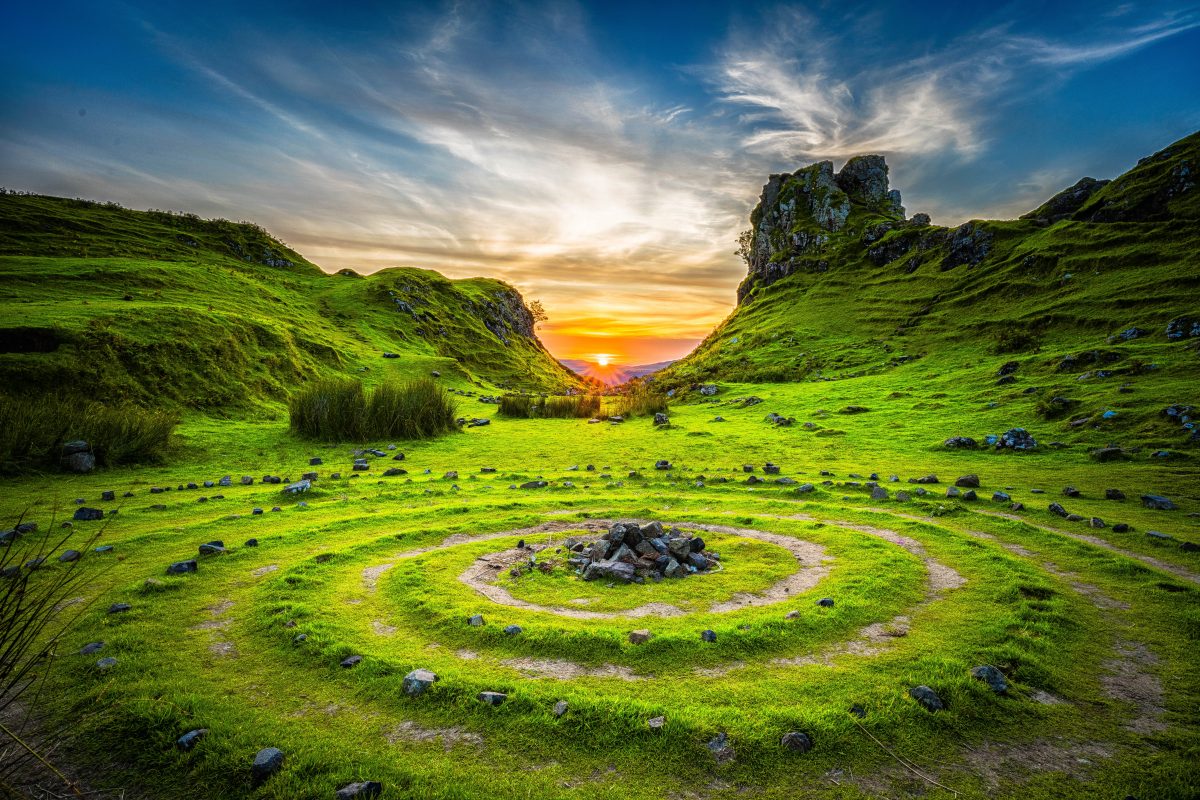When we look around us we see how variegated the face of the earth is. There are high mountains, rocks, canyons, sandy beaches, majestic oceans, and even hollows and caves on the Earth's surface. Let's see how these wonders of the earth came to be?
What are landforms?
Landforms are any man-made creation which is a part of the terrain. They are formed due to geomorphic processes (geo meaning earth and morphic meaning to change). Major geomorphic agents which aid in the formation of the landforms cause erosion and simultaneous deposition of elements leading to formation of erosional and depositional landforms respectively. Let's have a look at major agents of geomorphism and the landforms made by them:
RUNNING WATER
Erosional Landforms : Valleys, Potholes and Plunge, Incised and Entrenched Pools, River Terraces
Depositional Landforms: Alluvial Fans, Deltas, Floodplains, Natural Levees and Point Bars, Meanders
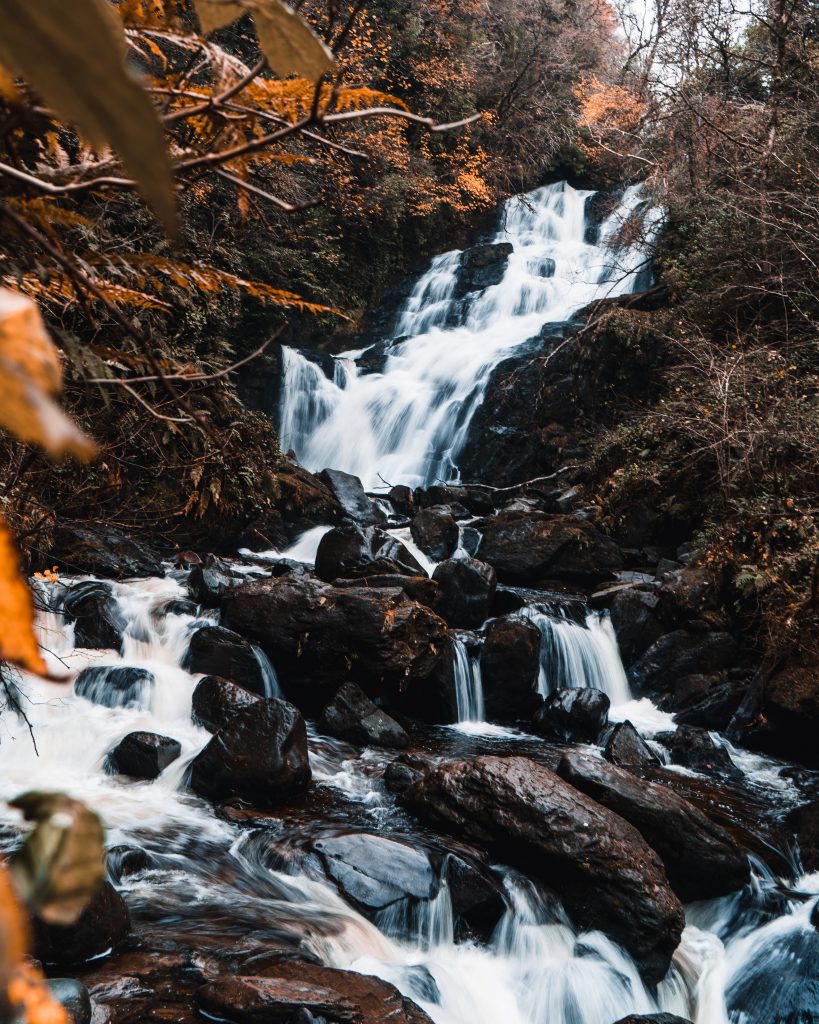

In areas of humid regions, running water acts as an important geomorphic agent. The streams in youth stage flow from high rocky regions and "down-cutting" dominates, i.e rocks are disintegrated to smaller pieces forming small rills. The gentler the slope higher the deposition of the eroded material. The small rills widen and deepen to form valleys. Potholes are formed when water runs forcefully causing erosion of rocks. Incised or entrenched pools are formed on gentle rocky slopes by lateral erosion. The depositional landforms are formed when the river is in its mature or old stage and is moving towards the sea leaving behind all the clay, sand, silt, alluvium collected from rocky regions.
GROUND WATER
Erosional Landforms : Pools, Sinkholes, Lapies and Limestone Pavements, Caves
Depositional Landforms: Stalactites, Stalagmites and Pillars


Groundwater is generally dominant in the formation of the Karst Topography. This is formed in regions where dolomite and limestone deposits occur. The groundwater through solution and precipitation of calcium carbonate in rocks forms shallow pools. In some cases, an entire vertical layer in the form of a cone is dissolved but appears as a pool, this is called a sinkhole. These sinkholes sometimes, due to excessive solution of minerals collapse on themselves forming collapse sinks. Valley sinks or uvalas are shallow and wide sinks formed on a plane surface.
Stalactites are conical structures formed on the top of a cave due to limestone and water reacting together and forming a drip by drip flow of the solution. These drops when fall on the ground form inverted conical structures called stalagmites. The stalagmites and stalactites join together to form one pillar.
GLACIERS
Erosional Landforms : Cirque, Horns and Serrated Ridges, Glacial Valleys/ Troughs
Depositional Landforms: Moraines, Eskers, Outwash Plains, Drumlins
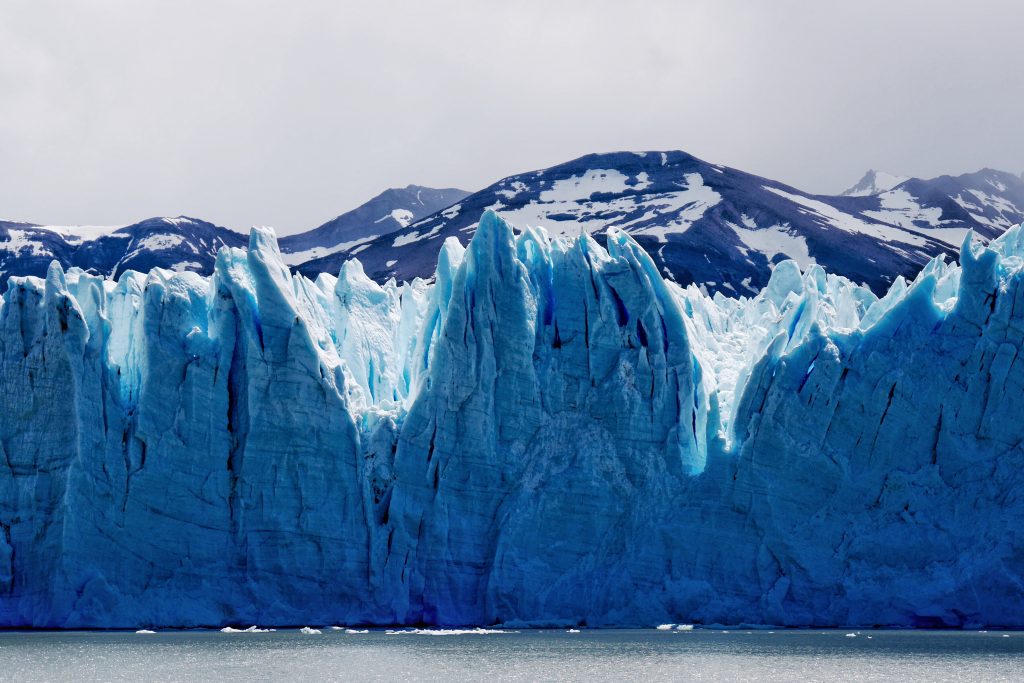

Glaciers bring about the most erosion even though they move at a very slow pace. When a glacier moves, it may leave behind a part of it which turns into a deep pool called cirques. Horns and serrated ridges are sharp boundaries formed after the glacier has moved and taken away the eroded soil with itself. If the erosion is heavy and a large part of soil is removed resembling a valley, the erosional landform thus formed is called as glacial valleys or troughs.
Moraines is the eroded material collected at the tip or the sides of a moving iceberg. Eskers are small streams of water, the source of which is the melting of glacial surfaces during summer. Outwash plains, drumlins are formed after the deposits from the glacier settle down as smooth plain or rounded smooth rocks near the foot of the mountains.
WIND
Erosional Landforms: Pediments and Pediplains, Playas, Deflation Hollows and Caves, Mushrooms, Table and Pedestal Rocks
Depositional Landforms: Sand Dunes
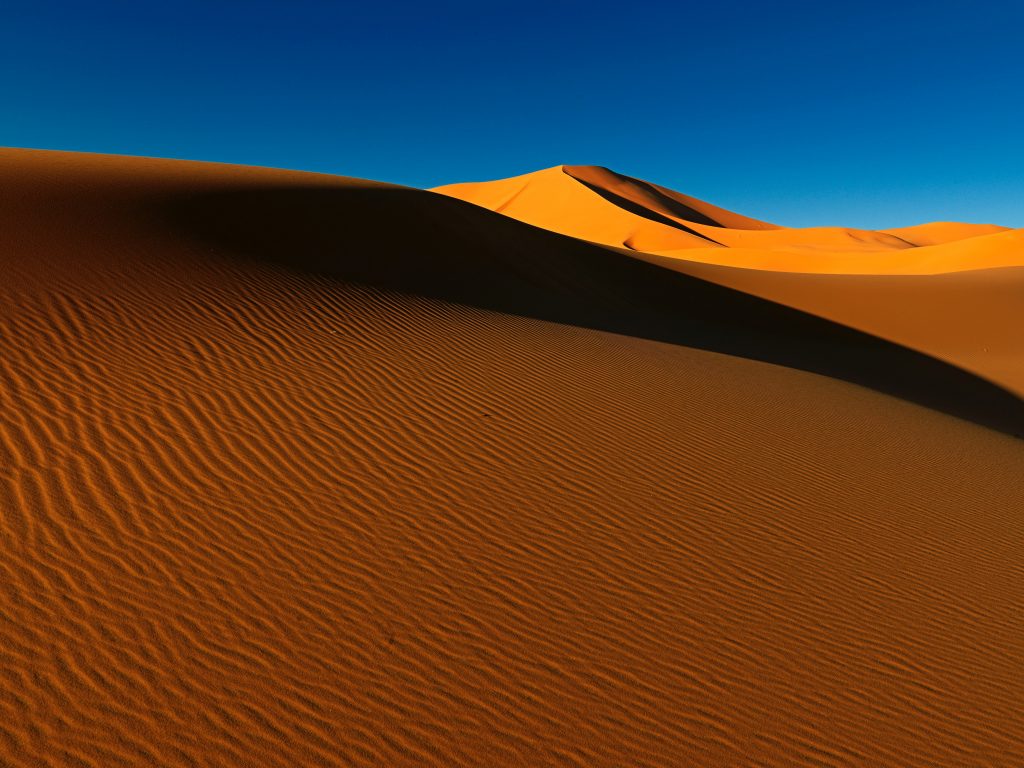

In desert regions, wind forms landforms. Pediments are formed at the foot of a rocky mountain or hill after erosion of rocks to sand. These pediments further undergo erosion and decrease in relief but cover a larger area forming pediplains. Some rocks do not get eroded from the surface but get hollowed out to form deep caves and hollows while rocks that do get eroded resemble a structure of mushrooms, table and pedestal.
Sand dunes are formed when sand from the wind is deposited at a single place. They can be crescent shaped, parabolic or seif.
WAVES AND CURRENTS
Erosional Landforms : Cliffs, Terraces, Caves and Stacks
Depositional Landforms : Beaches and Dunes, Bars, Barriers and Spits
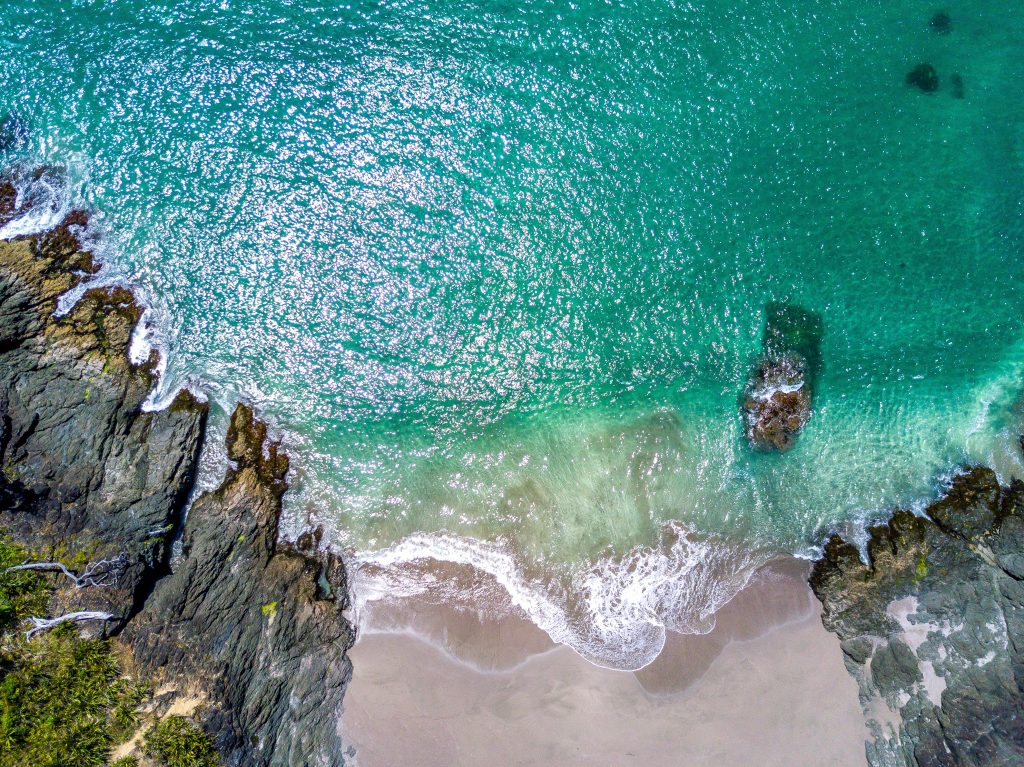

Oceans form 70% of the world's water content. The waves occurring in these oceans break down layers of rocks through sheer force forming cliffs reducing them to terrace-like structure and stacks. Caves are rocks that get hollowed out due to continuous water hitting the rocks. From the disintegration of these rocks is formed sandy beaches, pebbled or shingle beaches (if the eroded rocks are not carried back to the ocean).
The process of landform formation and evolution is never- ending and continuous. The diversity of the Blue planet is what makes it incredibly beautiful.
